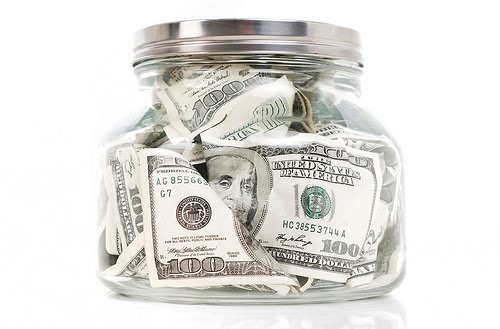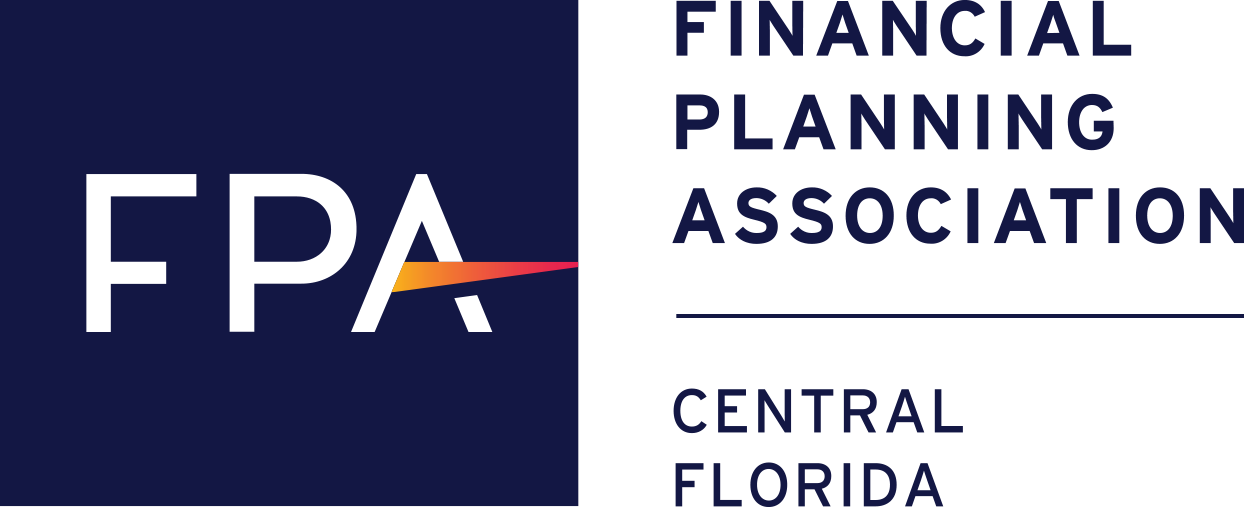
The Best Places to Stash Your Just-in-Case Cash
 As important as maintaining a reserve of readily accessible cash is to protect against life’s big what-if’s, the idea of setting aside money for something that may never come to pass isn’t exactly appealing, particularly if it means parking that cash in an account where it’s going to earn next to nothing in interest.
As important as maintaining a reserve of readily accessible cash is to protect against life’s big what-if’s, the idea of setting aside money for something that may never come to pass isn’t exactly appealing, particularly if it means parking that cash in an account where it’s going to earn next to nothing in interest.
Yet keeping an adequate and accessible reserve of cash in some type of low-risk account — call it an emergency fund, a rainy-day fund, etc. — is a must, financial planners agree, even when interest rates are near rock-bottom, as they have been for much of the last decade.
But where exactly to keep that money? That’s dictated largely by the reasons for establishing the account in the first place, whether it’s to cover a significant unexpected expense, to fill an income void after a job loss, to use strategically to supplement retirement income, or to save toward a goal, such as the purchase of a home, a car or two roundtrip tickets to paradise. Safety and liquidity should be the two guiding requirements in deciding where to house a cash reserve, explains CERTIFIED FINANCIAL PLANNER™ (CFP®) professional and FPA member Kenneth B. Waltzer, MD, cofounder and managing partner of KCS Wealth Advisory in Los Angeles, CA. “Safety means that stocks and most bonds are off-limits [as a home for that money]. Liquidity means that accounts with redemption fees and CDs are best avoided.”
As a general rule of thumb, financial planners suggest that people keep at least three to six months of living expenses in a cash reserve. Because the money needs to be available on short notice, in most cases financial planners suggest keeping it in an account where it’s easily accessible without paying extra fees or penalties for withdrawals. Because there can be no doubt these funds will be intact and available in a pinch, that money should not be exposed to risk — the risk that it will lose value (as stocks and bonds can do), and the risk it will not be available because the institution holding it failed. And because this is “safe money,” protection of principle is top priority; earnings on funds in the account are nice to have, but secondary to protection.
All of which narrows the list of viable candidates for housing a cash reserve to a handful. In sorting through those options, spending a bit of time shopping around for an account that offers the most favorable combination of features and terms can pay off. To help focus your search, here’s a look at the accounts that tend to work best for housing a cash reserve, with five suggestions for finding the most favorable terms.
1. Familiarize yourself with the options. The types of accounts that fit the profile of a safe, liquid account for a cash reserve include: money market accounts/funds, savings accounts provided by brick-and-mortar banks and by online banks, checking accounts, and certificates of deposit. A home equity line of credit, which can be tapped when needed, also can be a viable option, according to Waltzer.
Another approach, suggests FPA member Mychal Eagleson, CFP® who heads An Exception Life Financial in Indianapolis, IN, is to put some portion of the cash reserve in a savings account and the remainder in a highly conservative brokerage account, where it would be invested in “a mix of ultra-short to short-term taxable and municipal bond mutual funds or With such an account, cash typically can be available within several business days — the time it takes to liquidate the investments, then transfer the funds into a bank account. “Clients love the idea that their money will be earning more than they can get at their bank, while still not fluctuating much in value in case they need it.”
A money market fund offered by a brokerage firm like Schwab, Vanguard, etc., is another option, although it comes with a caveat. “They usually carry a little bit higher interest...than a savings account would,” notes FPA member Mark D. Beaver, CFP®, with Keeler & Nadler, a financial planning firm in Dublin, OH. “These funds are not FDIC-insured, however, so that is something to consider, even though they are very conservative and generally have very little risk of volatility.”
2. Consider an FDIC-insured account. At the vast majority of banks, both online and brick-and-mortar, money held in money market accounts, savings accounts, checking accounts and CDs are insured by the Federal Deposit Insurance Corporation, an independent agency of the U.S. government. That insurance protects account holders against the loss of their insured deposits (and any growth in the account) in the highly unlikely event that an FDIC-insured bank or savings association fails. FDIC insurance is backed by the full faith and credit of the U.S. government, and coverage is automatic whenever a deposit account is opened at an FDIC-insured bank. So if, for example, a person has an FDIC-insured interest-bearing savings account in her name with a principal balance of $200,000 and $2,000 in accrued interest, the full $202,000 would be insured.
3. Spend a little time shopping for favorable interest rates and terms. The recent climb in interest rates bodes well for savers, though even today, rates remain relatively modest. Still, while safety should take precedence over earnings with a cash reserve account, according to FPA member Aaron E. Graham, CFP® with Abacus Planning Group in Columbia, SC, shopping around for a higher interest rate can yield hundreds and perhaps thousands of dollars in extra interest a year, depending on how much is kept in the account. Savings and money-market accounts tend to offer higher interest rates than do checking accounts, while savings accounts offered by online banks tend to offer higher rates than those of their brick-and-mortar counterparts — often significantly higher. Besides interest rates, also consider factors such as minimum balance requirements and withdrawal penalties.
“Bankrate.com is a good starting point to review the top-yielding savings accounts across the country,” says Graham. “You can sort the current options by minimums, fees and interest rate.”
4. If conveniences such as having a debit card or checks connected to the account are a priority, an account with a brick-and-mortar bank may be a good option. A person may be willing to sacrifice a little on the interest rate side to access these types of account features. “It comes down to the personal preference of the account holder,” says Graham.
5. If you’re considering a CD, know their rules and limitations. Certificates of deposit in most cases require that money be held in the account for a specific duration — three months, six months, a year, three years and so on. If money is withdrawn before the CD matures (before its duration), penalties or fees may apply. CDs are FDIC-insured in most cases and do offer rates that in some instances exceed those of other accounts, including high-interest online savings accounts. Generally, the longer the period of time until a CD matures, the higher the interest rate. So, if you’re considering keeping cash reserves in CDs, to maintain access to that money and to avoid penalties if you need to withdraw funds unexpectedly in a pinch, Graham suggests an approach known as laddering. With laddering, those cash reserves are spread across multiple CD accounts with staggered maturity periods, so there is consistently money available via a maturing CD. Another approach is to use CDs in tandem with a high-interest savings account, he adds. A relatively new type of CD, the no-penalty CD, which, as its name suggests, imposes no penalty for early withdrawal, also may be worth considering.
6. A life insurance policy with cash value can also serve as a cash reserve. Many whole life, universal life and variable universal life insurance policies carry a cash value, and with many of those, owners have the option of taking a cash withdrawal out of the contract. The tradeoff here is that such a withdrawal likely will reduce the amount of the death benefit. Another option is to take a loan from the policy’s cash value.
“Any of these can be good options,” Graham concludes, “provided you have a system in place so there’s money available as needed if you truly have an emergency.”
February 2019 — This column is provided by the Financial Planning Association® (FPA®) and FPA of Central Florida, the principal membership organization for Certified Financial PlannerTM professionals. FPA seeks to elevate a profession that transforms lives through the power of financial planning. Through a collaborative effort to provide more than 23,000 members with tools and resources for professional education, business support, advocacy and community, FPA is the indispensable resource in the advancement of today’s CFP® professional. Please credit FPA of
Central Florida if you use this column in whole or in part.
The Financial Planning Association is the owner of trademark, service mark and collective membership mark rights in: FPA, FPA/Logo and FINANCIAL PLANNING ASSOCIATION. The marks may not be used without written permission from the Financial Planning Association.
